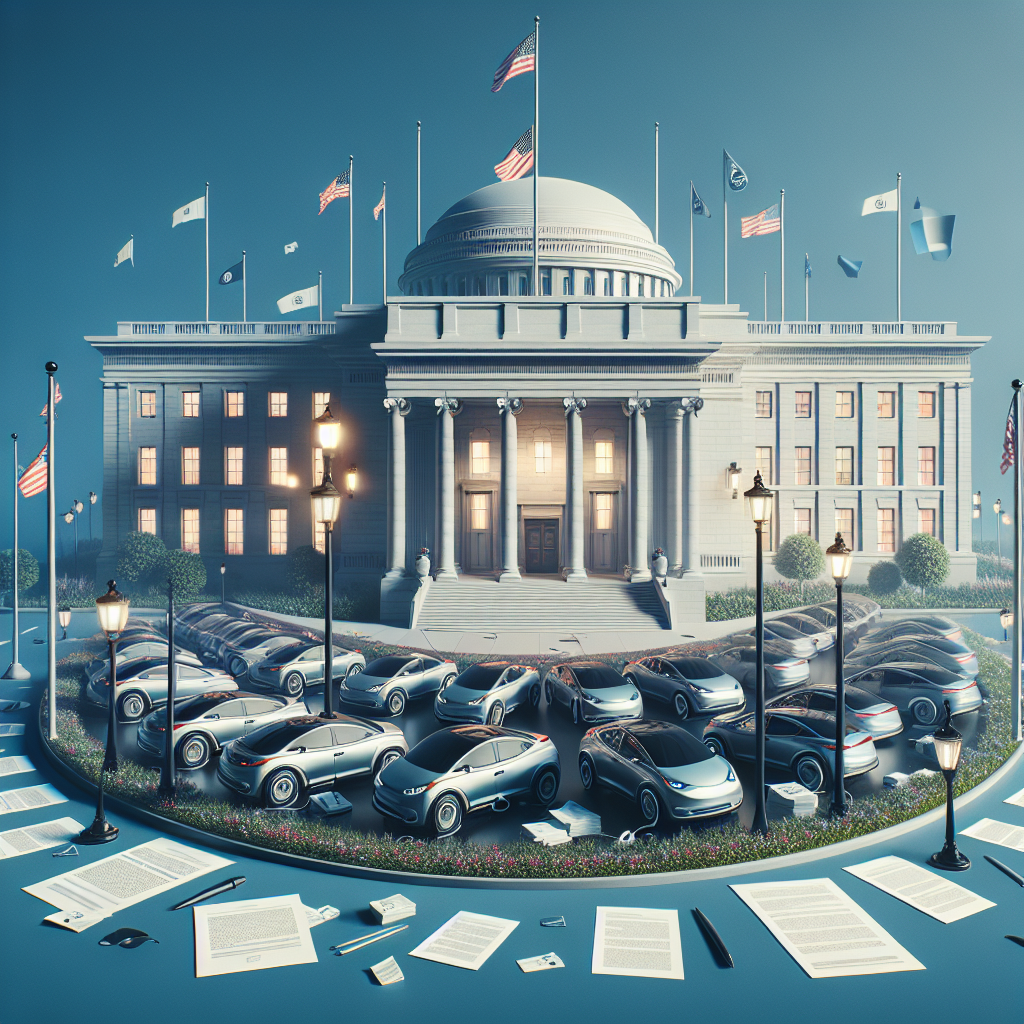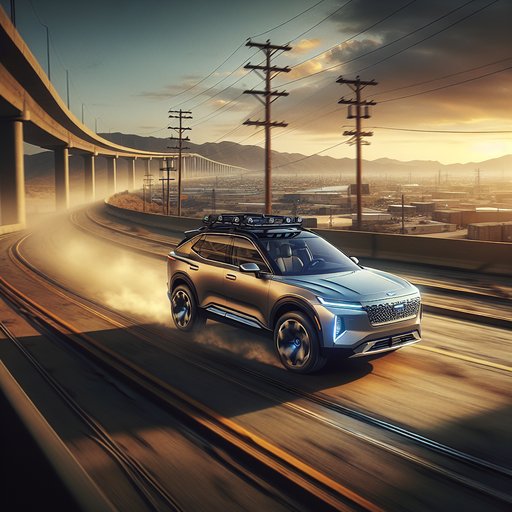
A flurry of government actions across North America is reshaping the economics of building and selling electric vehicles, with immediate implications for pricing, investment, and market strategy. U.S. automakers and suppliers remain hemmed in by high import duties even after a court overturned some Trump-era tariffs, while a 25% levy on imported EVs is already filtering into sticker prices and deal structures [1], [2]. At the same time, consumer incentives are shifting, with a key federal tax credit slated to disappear at month’s end while a $4,000 used-EV credit remains available through the same window [2], [3]. The policy mix now reaches from factory floors to forecourts—and even across the border, where Canada is reviewing its 100% tariff on Chinese EVs [4].

In a significant step forward for autonomous transportation, Isuzu Motors has announced plans to construct Japan's first dedicated testing facility for self-driving commercial vehicles. This groundbreaking development marks a crucial advancement in the evolution of autonomous transportation technology, particularly in the commercial vehicle sector, where safe testing environments are essential for development and validation [1].

In a significant move affecting the global automotive industry, the United States has announced a substantial reduction in tariffs on Japanese vehicles, cutting the rate to 15%. This decision marks a notable shift in US trade policy and promises to reshape competition in the American auto market, particularly as manufacturers face evolving market conditions and sales challenges [1].

The luxury electric vehicle market is experiencing significant shifts as established players and newcomers compete for market share. While EV adoption continues to grow, with several premium brands now reporting electric vehicle sales above 12% of their total volume [1], the competitive landscape is becoming increasingly complex, particularly in key markets like China.
















